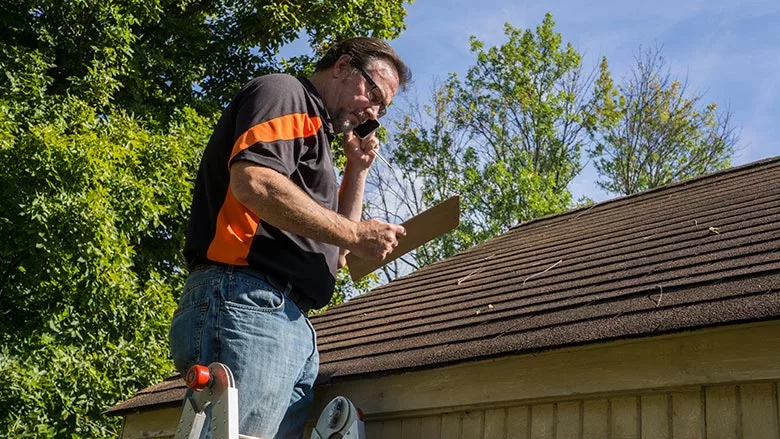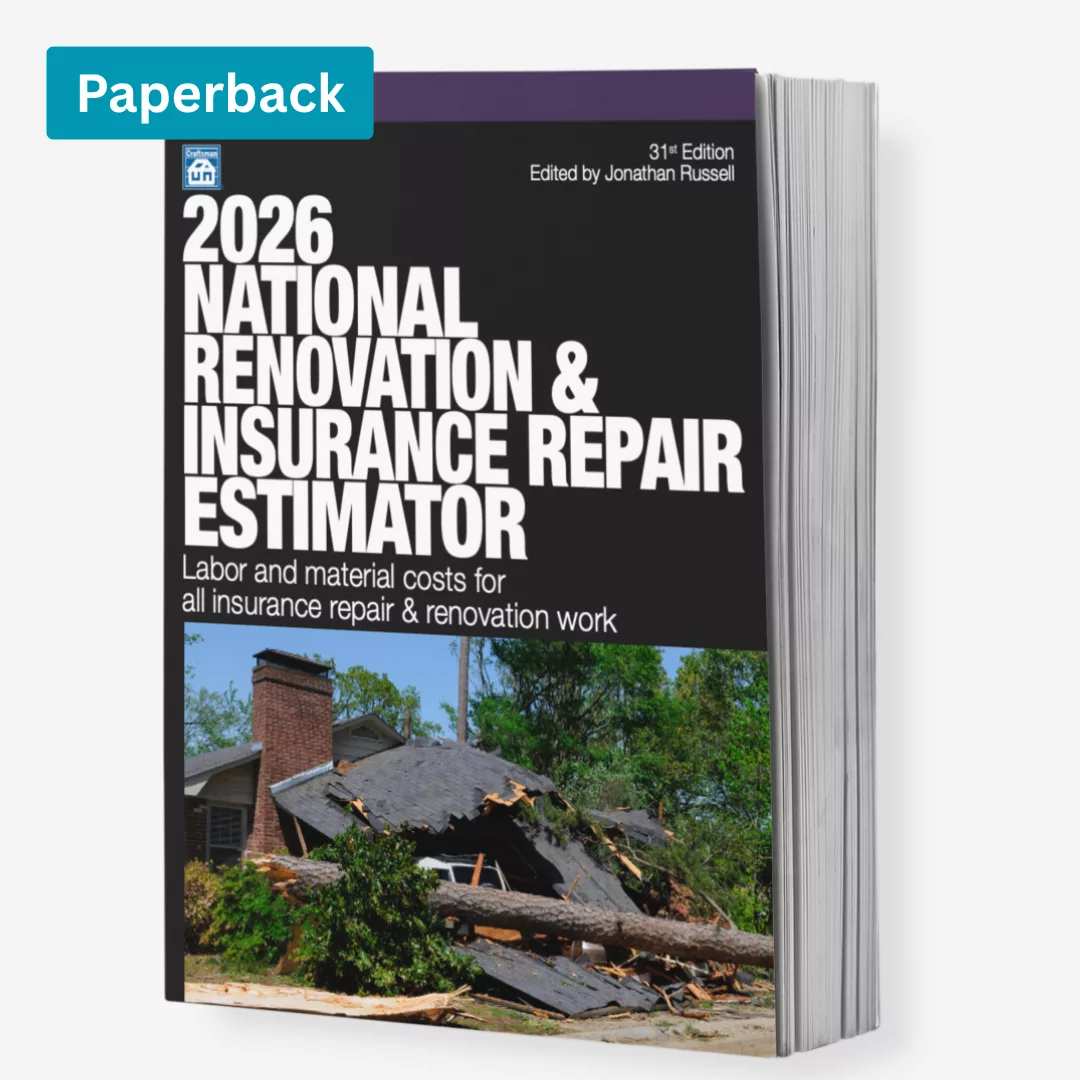Keys to Making Your Repair Estimates More Profitable

Photo credit: IndyEdge/iStock / Getty Images Plus via Getty Images
In the restoration industry today, the role of the estimator is by far one of the most critical positions. A thorough and experienced estimator should write estimates that will bring in the margins you need, while a novice or inexperienced estimator can break you. Being a top-notch estimator that can handle large or complex repair projects requires far more than knowledge of Xactimate or how to sketch, but also requires years of hands-on experience in the building trades. A seasoned estimator should also have knowledge of building materials and finishes, local market pricing, regulations, building codes, and accepted restoration practices. It also helps to have a good understanding of insurance policy coverages.
A common trend I am seeing is an over-emphasis on sketching and how to use the Xactimate estimating platform. Although being proficient in the use of the software is important, knowing what data and appropriate line-items to use in the estimate is what will ultimately determine whether you will make the profit margin you need or not.
For many restoration companies, the problem of low-profit-yielding repair estimates can be traced to inexperienced estimators coming from the insurance side of the industry who have little to no experience in hands-on restoration or construction. This is often evidenced by the lack of knowhow to read blueprints, estimate complex fire losses, or know even the most basic building codes, which often reflects in poorly written estimates, missed line items, and ultimately low profit yields.
Take a Tip From the Insurance Company’s Playbook
Restoration contractors could learn a thing or two from insurance companies and the way they adjust claims. For example, when an adjuster writes an estimate on a midsize or large property damage claim, typically they only visit the site once and then rely on their photos and notes to compile their estimate. When the adjuster finishes the estimate, oftentimes it will get passed on for further review by a claims supervisor, manager, or maybe even an independent building consultant. By the time the estimate is ready for approval, it will likely have been scrutinized, scrubbed, and edited by multiple people before a check is written.
One reason for this system of adjusting redundancy is that insurance companies pay out billions of dollars each year in property damage claims, so it is in their best interest to try and save as much money as they can to minimize their payout. Another reason is that adjusters often have to handle large claim loads and are given a short amount of time to issue a payment. This often leads to gross estimating errors or leaving critical repair elements as “open items,” which is nothing more than a nice way of saying, “I’ll deal with that later.”
So, what is the main takeaway from the insurance adjusting process that can benefit restorers? First, be sure your estimate includes everything needed to restore the property to its pre-loss condition. Keep in mind that one of your greatest allies is time. You can spend as much time as you need on any one claim, which will inevitably be far more accurate than an estimate written by an adjuster who may have only had an hour to race through the loss before being forced to go to the next claim appointment. After your first site inspection, take your time to compile your estimate, then re-walk the job room-by-room, to be sure you haven’t missed anything or included something that shouldn’t be there.
Second, if you are using Xactimate, include notes, lots of photos, and detailed documentation to support your line-item entries. Third, and this is probably the most important especially on larger or more complex losses, have your estimate peer reviewed by a senior estimator, project manager or building consultant to be sure you have included everything necessary. Lastly, be ready to defend your estimate and stand behind what you have submitted as though you will have to sit in a courtroom and justify every line item.
Periodic Peer Review Can Stop the Bleeding
As I mentioned previously, one of the most important steps to ensuring your estimates will achieve their desired profit margins is to conduct periodic peer reviews. The benefits of peer review is not only to ensure that nothing is missed, but also to be sure the profit margins will meet or exceed your minimum profit threshold. Peer review has another benefit in that it can be a valuable training tool to help refine the skills of your estimators. This can help them qualify for commissions, bonuses or other incentives and strengthens morale and employee retention.
Recently, I had a client send me a $30,000 estimate written by one of his senior estimators on a fire loss. After a thorough review of the estimate and photos, I found an additional $24,000 in legitimate line items that were overlooked. Unfortunately, the review I performed was conducted well after the work was completed, so it was too late to submit a supplement to recover the loss. Later, this same client sent me other estimates written by the same estimator and it was discovered that all of the estimates were off by 30% - 45%. Apparently, this had been going on for years and cost the company millions of dollars in lost revenue, which could have been avoided had the company recognized the problem earlier on and provided the estimator with the tools that were needed so he could be more proficient.
If you are the owner of a restoration business and don’t have the time to conduct peer reviews or lack someone in the company who can, outsourcing it may be the answer.
Looking for a reprint of this article?
From high-res PDFs to custom plaques, order your copy today!









